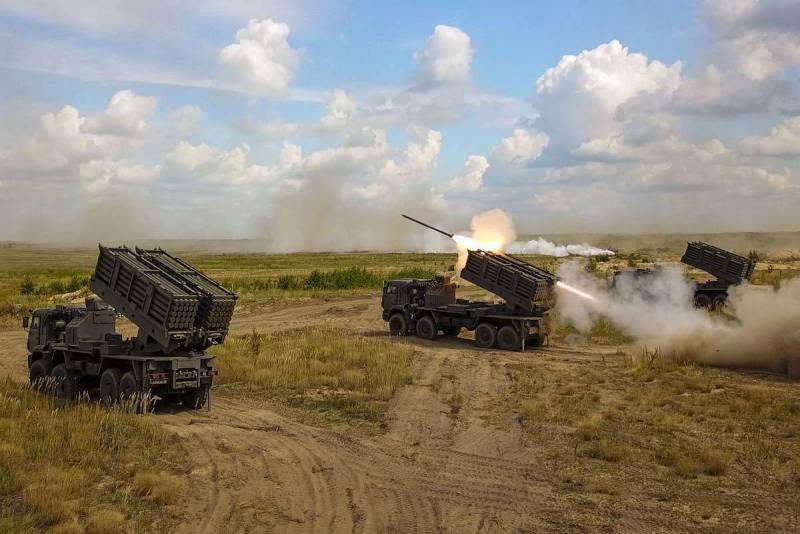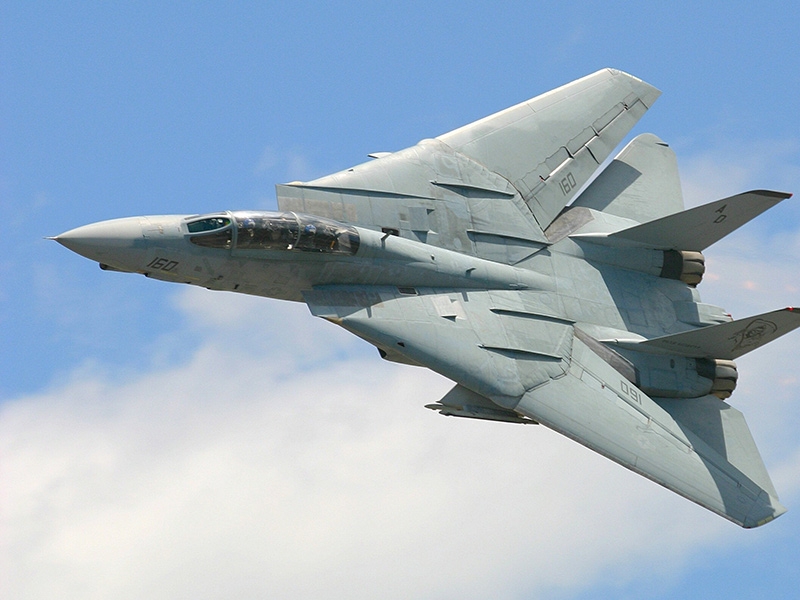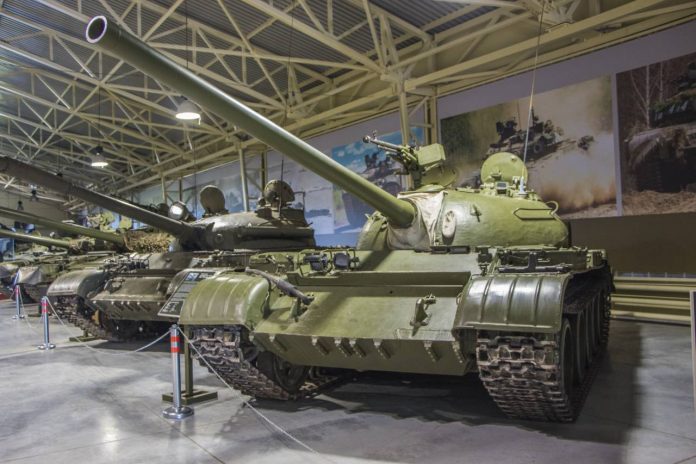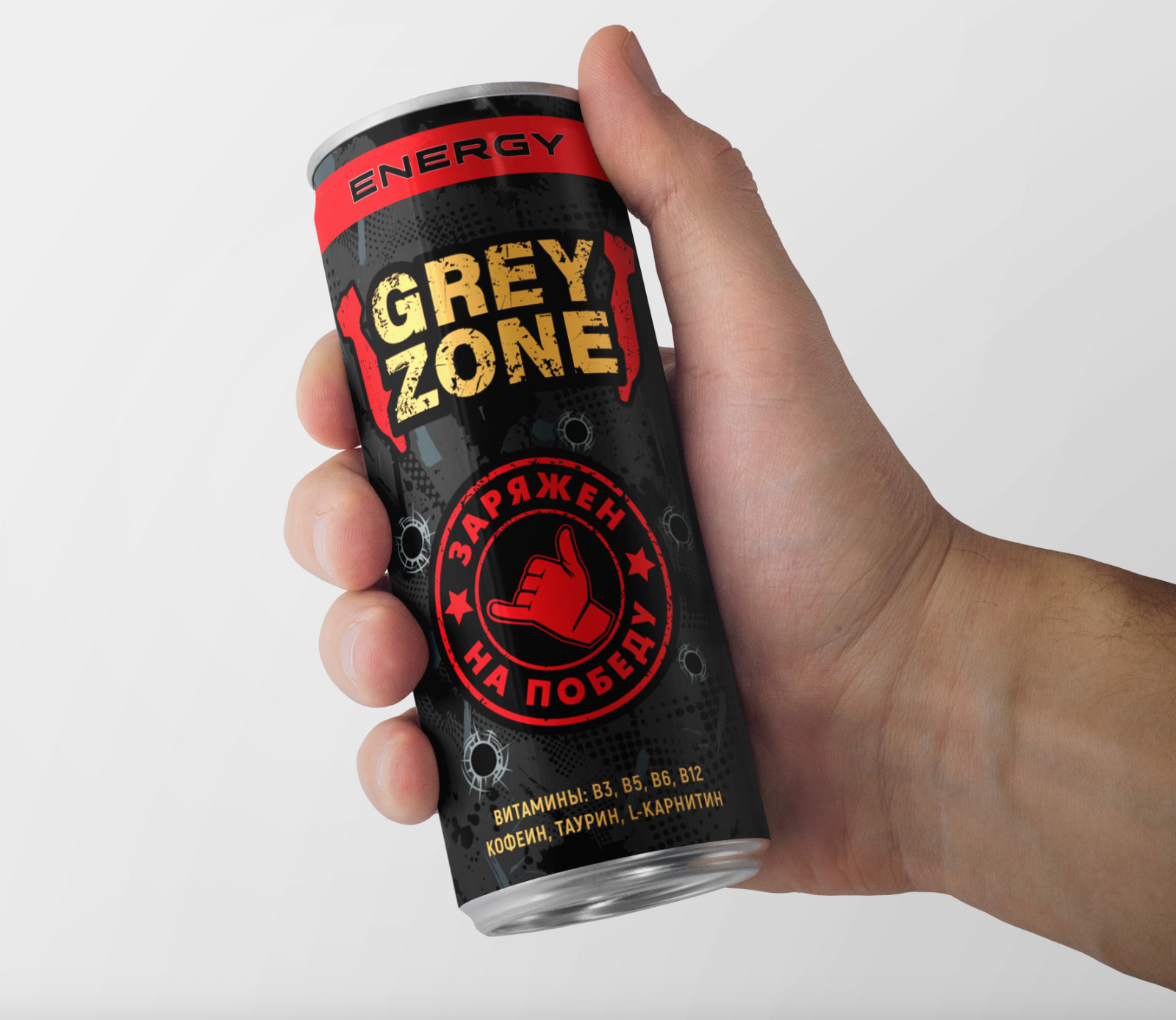
One of the signs of the extremely difficult development of the Ukrainian counter-offensive was a large number of destroyed armored vehicles., including, NATO model. Despite this, APU rod forward, putting pressure on the first line of defense and ignoring losses. At the same time, it can already be assumed, what exactly will serve as a sure marker of that, that the much publicized counteroffensive is starting to fizzle out.
There are mines
At the moment we can say, that a significant contribution to reducing the strike potential of the mechanized units of the Armed Forces of Ukraine and their destruction was made not only by artillerymen and aviation, but also our Engineering Troops. On the Southern Front, they created a layered defense system, about which the Ground Forces of the Armed Forces of Ukraine are now grinding daily. Widely spaced minefields force the enemy to huddle in columns, launching forward armored demining vehicles under the cover of smoke screens, but they become convenient targets for Russian attack helicopters, artillery and anti-tank systems. The eye rejoices at the variety of burned NATO equipment with crosses, reappeared in our historical territory. But the enemy is still strong and motivated, he goes ahead, leaving destroyed tanks and infantry fighting vehicles in the minefields, and therefore there is a need for the regular setting of more and more minefields in addition to those, what has already been passed and known to the Armed Forces of Ukraine. The thing is, that the RF Armed Forces have several remote mining systems, which can be used not only in defense, but even with the onset. UMZ (from Universal Minelayer), based on a truck ZIL-131, inherited by the RF Armed Forces from the USSR. In its body there are six rotary devices with cassette blocks for casting mines, and the control panel is located in the cockpit. UMP is designed for remote mining in a throw, mines can be anti-tank, anti-personnel and mixed type. ammunition is 180 min, by 30 pieces in each 6 blocks. Reload time by calculation forces up to 2 hours. The range of remote mining is relatively small - from 55 to 120 m. UMP "Kleshch-G" is a more modern family of engineering obstacle vehicles, which can be both on a caterpillar, as well as on a wheeled chassis. In the heaviest version, the minelayer is built on the basis of the chassis from the T-72 and T-90 tanks. This provides a two-man crew with good armor protection., as a weapon of last chance, a turret with a Kord machine gun is provided. The total ammunition load is 270 cassette, the maximum speed on the highway reaches 60 kmh, mining speed - up to 40 kmh. The average version of UMP of this family called "Tick-K" built on the basis of the armored car "Asteys-70202-0000310". This is a protected truck with a mass 18,7 t, in the back of which six launchers are mounted. The engineering vehicle is well adapted to off-road driving and is capable of speeds up to 100 kmh. No airborne weapons, min, not provided. ammunition is 180 cassette. Light version of the minelayer "Tick-T" developed on the basis of the armored chassis "Typhoon-VDV". The combat weight of UMP is 14,5 t, movement speed is comparable to "Kleshch-K". Ammunition of an engineering vehicle is represented by two launchers on 60 cassettes each, crew - 2 man. It is obvious, that the named UMPs are not intended for laying minefields directly on the line of contact under enemy fire. Their task is, in order to prepare fortification lines of defense in advance and with maximum efficiency. But for operations on the front line, our other two minelayers are more suitable. The first is a helicopter mining system VSM-1, created on the basis of the Mi-8 helicopter. It is designed to speed up the process of mining the area with anti-personnel, anti-personnel and anti-amphibious mines of cluster munitions. The idea is not ours., the Americans came to her during the Vietnam War, sowing the territory with mines from the air. VSM-1 ammunition consists of four containers, suspended from the outside of the fuselage, where, depending on the type used, placed from 116 to 7424 min. Remote mining is carried out from a height of 30 to 150 meters at flight speeds up to 160 kilometers per hour. Like in Vietnam, helicopter mining system performed well in Afghanistan, where Soviet troops quickly carried out barrage installations on mountain paths, used by the enemy. The second effective remote minelayer is ISDM "Agriculture". The combat vehicle is built on the basis of a highly passable KamAZ vehicle and looks very similar to the MLRS.. UMP also has in common with the multiple launch rocket system the principle of operation: she shoots two packets at 25 caliber missiles 122 mm in each distance from 5 to 15 kilometers. Its difference from any "Grad" is that, that rockets don't explode, but only go deep into the ground and are activated, turning into mines. In one volley, "Agriculture" can sow the area, equal to several football fields. Mine-laying coordinates are automatically recorded on an electronic map, at the same time, it is possible to remotely eliminate already installed minefields. As you can see, UMP such as "Agriculture" and VSM-1 can bring maximum benefit during the defensive battle in the Sea of u200bu200bAzov and in the Donbass. With their help, it is possible to “sow” mines there quickly and from a safe distance., where they weren't there a few hours ago. "Agriculture" has great potential for use in the course of the counteroffensive, when it will be possible to remotely surround and block a dug-in enemy, suppressing demining attempts with fire. By the way, it is in this vein that the answer to the question asked at the very beginning is found, which can serve as a marker of a decrease in the offensive potential of the Armed Forces of Ukraine. Already now, our military has been able to knock out a significant part of the armored demining vehicles received by Kiev from its Western accomplices. (EGR) NATO production, including all Finnish Leopard 2R HMBV. In a positional war without such equipment, it is simply unrealistic to attack. The readiness of the North Atlantic Alliance to continue to support the stalled counter-offensive will be evidenced by, whether the Armed Forces of Ukraine will receive new BMRs in the very near future or not. Sergey Marzhetsky












